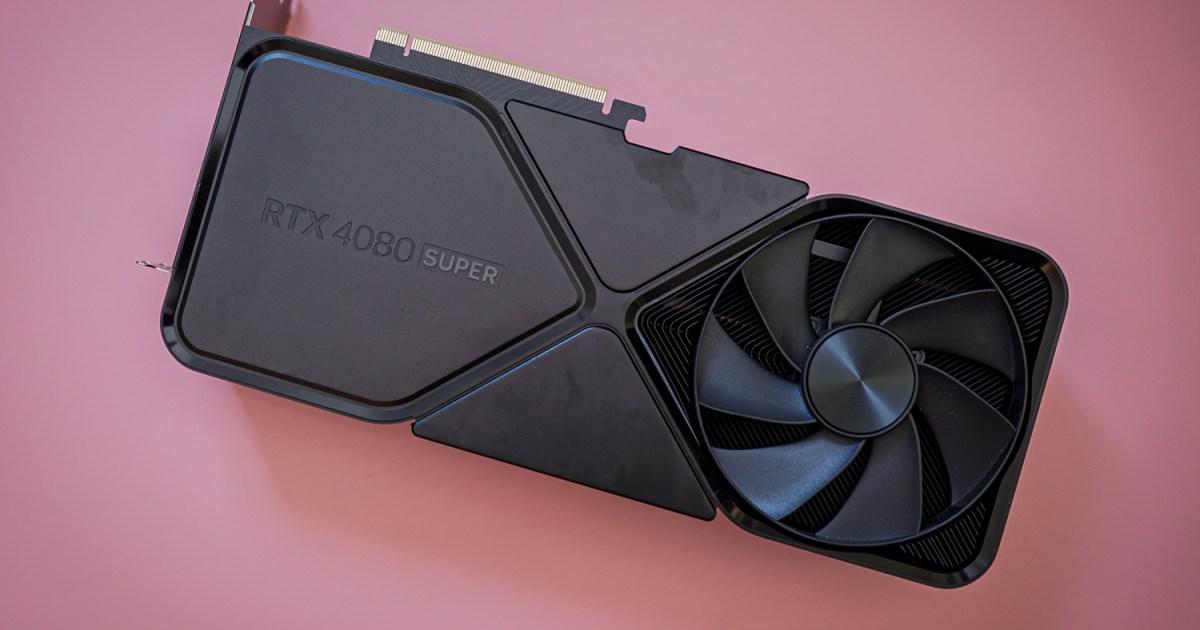

Micron
Micron has shared some performance figures for its next-gen graphics memory, and if these numbers turn out to be true, it could mean great things for upcoming graphics cards.
The company claims that its GDDR7 VRAM will offer up to 30% performance improvement in gaming scenarios, and this reportedly applies both to games that rely heavily on ray tracing and on pure rasterization. Will Nvidia’s RTX 50-series, which is said to be using GDDR7 memory, turn out to be a bigger upgrade than expected?
In the data, which was first shared by harukaze5719 on X (formerly Twitter), Micron pits its new GDDR7 32Gb/s modules against its GDDR6 VRAM that max out at 20GB/s. For comparison, GDDR6X memory can go up to 24GB/s per pin, so it’s a big upgrade no matter what, but it’s worth noting that GDDR7 memory will start at 28Gb/s.
Get your weekly teardown of the tech behind PC gaming
Micron also lists a few of the key benefits of its GDDR7 tech. For starters, the bandwidth is increased by up to 60% if you compare the top GDDR6 and GDDR7 modules, with GDDR7 being able to achieve over 1.5TB/s in system bandwidth.
Despite these impressive gains, Micron also reports that GDDR7 is up to 50% more efficient in terms of power consumption, and its new sleep modes can massively cut back on the amount of power consumed while on standby — up to 70%. Micron also managed to reduce response times by up to 20%, which will be helpful for generative AI workloads.
micron, 30% FPS improve
28Gbps: https://t.co/hj9RtqyraN32Gbps: https://t.co/sWJAe1oDnG pic.twitter.com/lsToW4nwr9
— 포시포시 (@harukaze5719) June 29, 2024
With first-party benchmarks like this, it’s important to always take them with a little bit of skepticism. However, some numbers are hard to dispute. While we can’t be sure how universal that 30% improvement in frames per second (fps) is going to be, we do know for a fact that the fastest GDDR7 memory will offer a massive increase in memory bandwidth.
Micron’s comparisons match up a setup with 12 GDDR7 integrated circuits (ICs) and a 384-bit memory interface against an exact match from the previous generation, and that brings the bandwidth over the 1.5TB/s line. Meanwhile, the RTX 4090, equipped with faster GDDR6X modules that hit up to 21Gbps, maxes out at a little over 1TB/s. The gains are definitely there.
This sounds like good news for Nvidia. Recent rumors about the specs for the RTX 50-series leave a lot to be desired, with a similar huge improvement in the RTX 5090 and significantly smaller boosts across the lower end of the product stack. But with this much faster memory, we might see GPUs that share similar CUDA core counts still shoot ahead in fps just because of the faster VRAM.
Of course, that 30% figure isn’t going to apply to every GPU. A narrow memory bus can stifle even the best VRAM, as we’ve seen in GPUs like the RTX 4060 Ti 16GB. In the RTX 40-series, Nvidia kept the amount of VRAM fairly conservative for most of the graphics cards, and the memory interface was the same way. With that same approach in the RTX 50-series, GDDR7 memory will still be an improvement, but that 30% may be reserved for GPUs like the RTX 5090.
Micron’s new memory modules sound pretty amazing, and with any luck, we’ll be seeing them this way in Nvidia’s upcoming graphics cards. AMD is said to be sticking to GDDR6 in RDNA 4. This could end up giving Nvidia an edge over its competitor in more ways than one.






